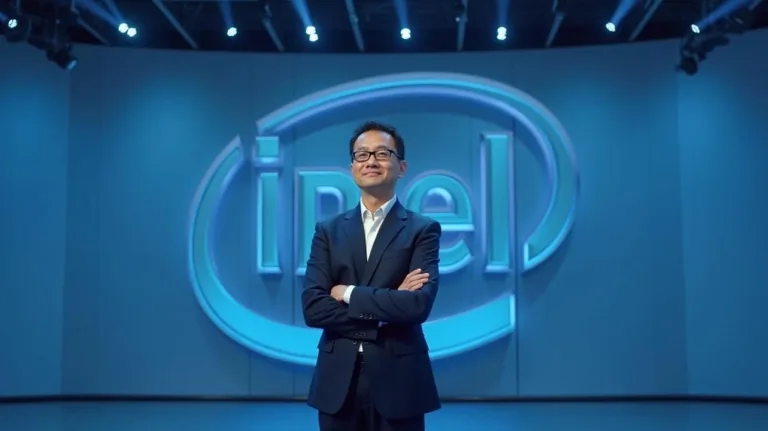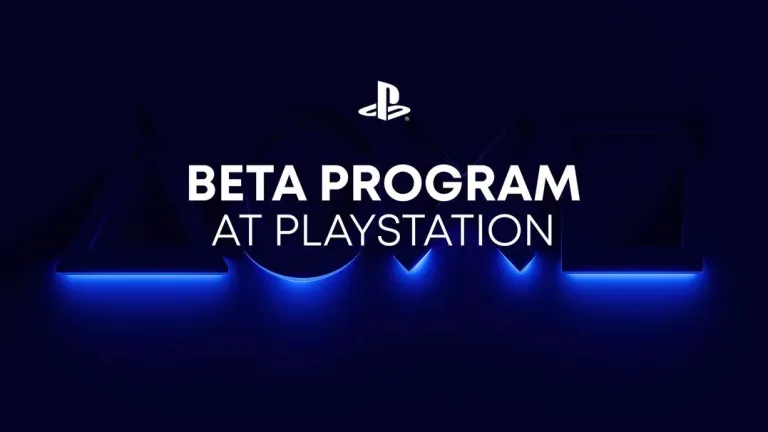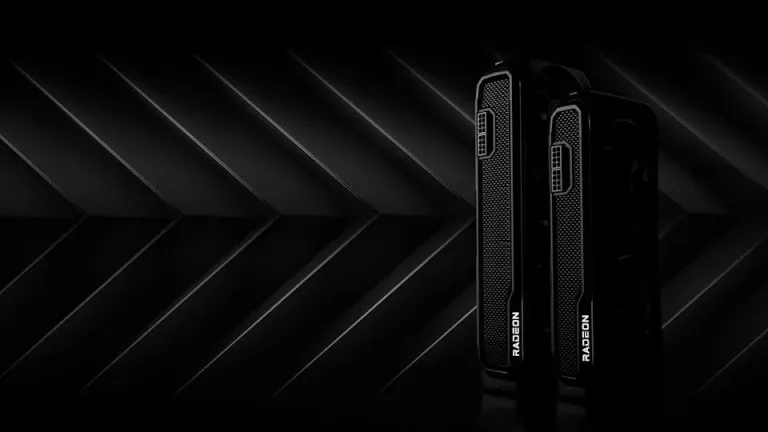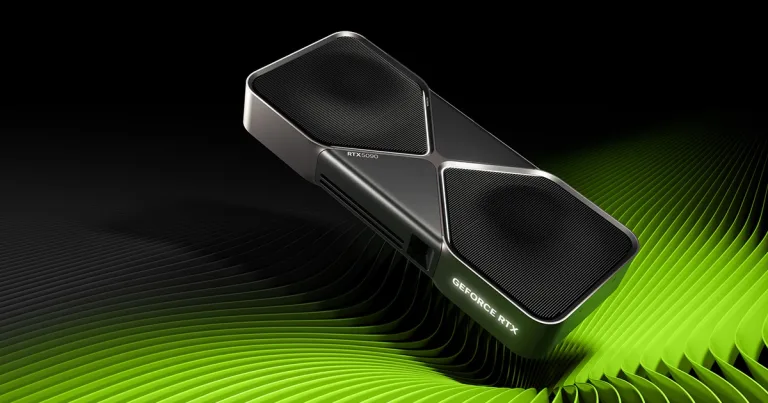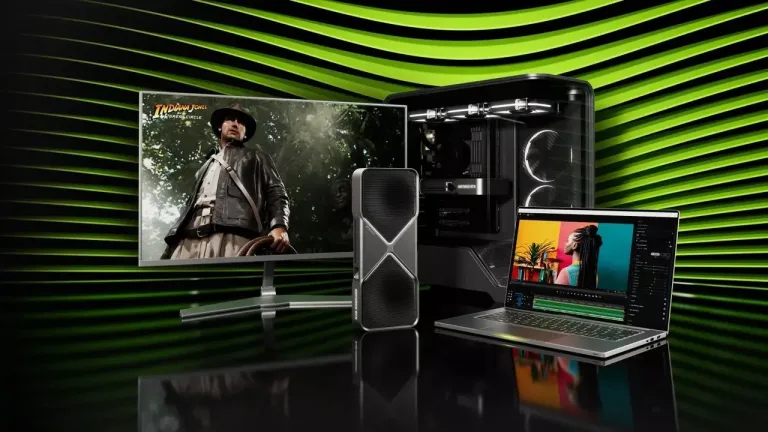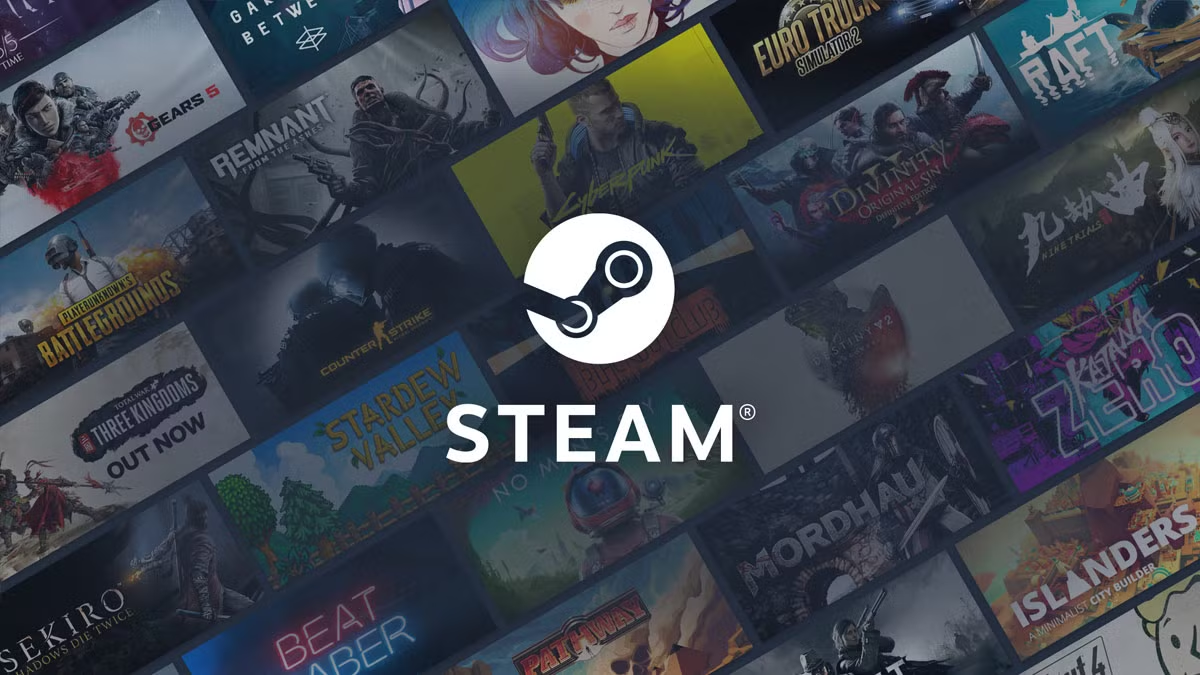The highly acclaimed action RPG Stellar Blade is finally making its way to PC, marking a significant...
PC
More than two decades after its original release, Breath of Fire IV has returned to PC as...
Bungie has officially announced the revival of its legendary sci-fi first-person shooter (FPS) franchise, Marathon. This marks...
Intel has recently appointed Lip-Bu Tan as its new CEO, marking a pivotal moment for the company...
Sony has recently announced an exciting new beta program for Playstation users, aimed to let gamers to...
AMD has officially unveiled its latest graphics card, the Radeon RX 9070 XT, alongside its sibling, the...
The Nvidia RTX GeForce 5090, part of Nvidia’s latest lineup of graphics cards, has been making headlines...
Nvidia has officially retired 32-bit PhysX support on its latest RTX 50 series GPUs, marking the end...
AMD reported record revenue of $7.7 billion for Q4 2024, which was a 24% increase year-over-year. The...
Valve, the renowned developer behind the Steam platform, has officially denied rumors suggesting it is planning to...





